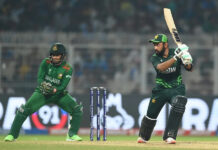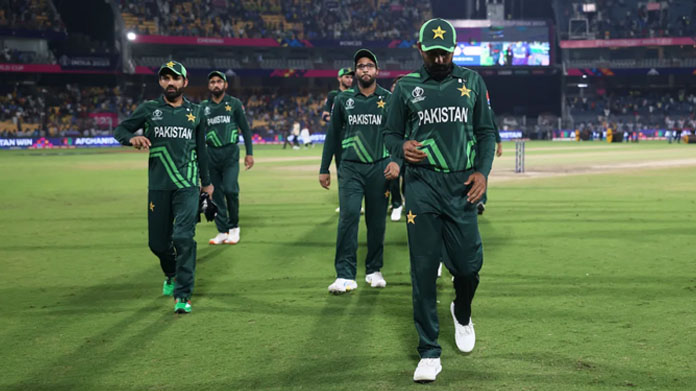In a stark twist of fate, the once top-ranked ODI team, Pakistan, now faces the harsh reality that the fall from the summit is swifter than the climb. The ICC World Cup 2023, which began with high hopes, has turned into a challenging phase as they enter the rebuilding phase post-World Cup, while others vie for the coveted prize. Pakistan, having crashed out of the group stage, stands at the threshold of their most significant challenge yet – a constructive rebuild rather than a vindictive one.
Let us dive down about what went wrong for the Pakistan team during ICC World Cup 2023, other than Mohammad Nawaz’s lack of application as an all-rounder and Haris Rauf’s tendency to leak runs and look clueless in ODI cricket.
Top Order Stumbles
The nucleus of the Pakistan squad, including Fakhar Zaman, Imam-ul-Haq, Babar, Shadab Khan, and Shaheen Afridi, remains largely unchanged from the 2019 campaign. However, the anticipated improvement in performance, given their additional experience, has not materialized. Issues like Fakhar’s loss of form, Babar’s struggle to convert starts, and the disastrous World Cup performance of Haris Rauf and Naseem Shah’s injury can be attributed to bad timing. Yet, the palpable stagnation in their overall play is becoming harder to ignore.
Imam-ul-Haq, despite being an ODI specialist, has struggled to vary his pace. His strike rate within the first 10 overs since his debut is eclipsed by several of his teammates, raising questions about his effectiveness at the top and his selection. The last time he struck at over a run a ball came in March 2022. Throughout his career, he has achieved a strike rate in excess of 100 just five times in 71 innings, two of them against Zimbabwe. None of those innings came in a World Cup match, either in 2019 or 2023.
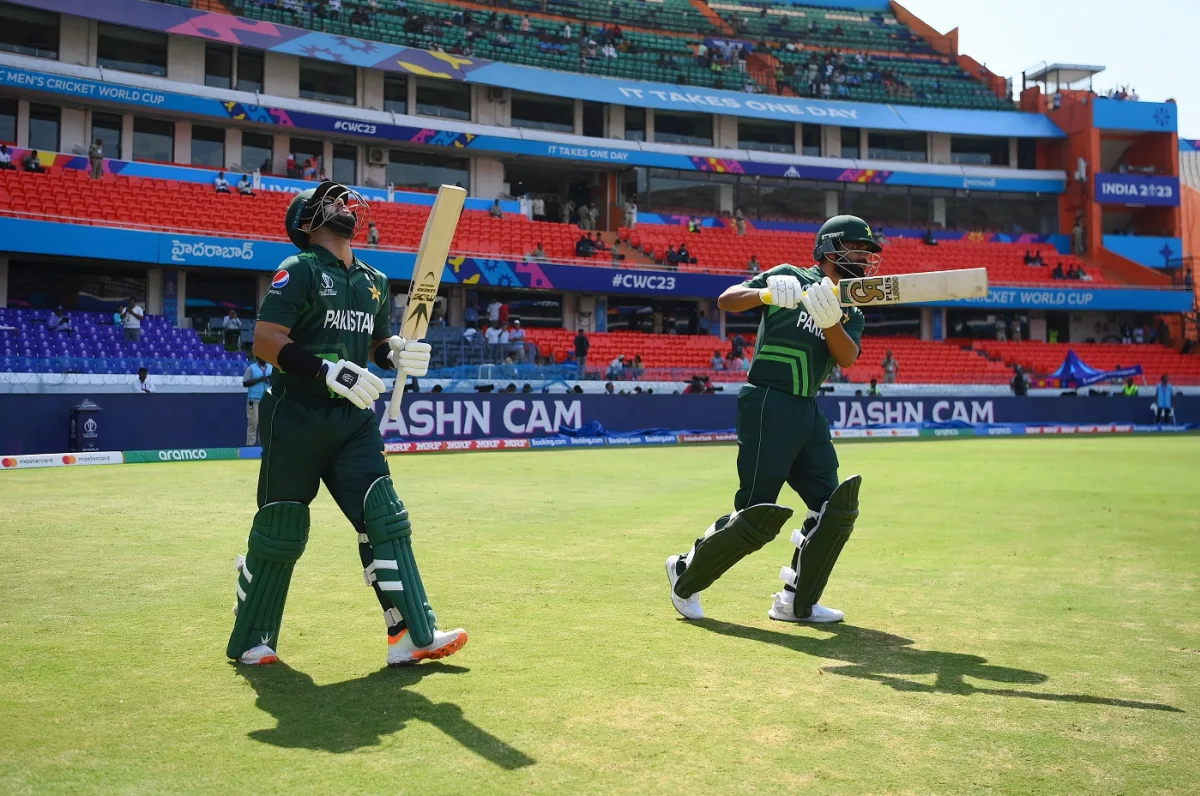
Meanwhile, his opening partner Fakhar Zaman lost his form prior to the Asia Cup and continued to struggle through the warm-up games and the opening game against the Netherlands. He scored a mere 202 runs in his last 11 outings at a dismal average of 18.36 with 33 being his highest score. Although he scored match winnings 81 and 126 against Bangladesh and New Zealand respectively, his woeful form at the start was one of the major reasons for Pakistan’s struggle early in the tournament.
Leg-spin Woes Plague Pakistan
Shadab Khan, once a promising ODI spinner, now stands at a crossroads in his career. A comparison with his performances in the 2017 Champions Trophy and the 2019 World Cup reveals a significant decline. This World Cup has seen his average soar to nearly 120, and his economy rate has exceeded his career average by almost a run. Despite including an extra spinner, Usama Mir, Pakistan emerged as the worst spin-bowling side in the tournament, picking a mere 12 wickets and conceding an economy rate of 6.20.
Supporters clamoured for the inclusion of Abrar Ahmed, but Shadab dismissed the notion, stating “whoever’s not in the side becomes a great player.” The suggestion that Abrar could have outperformed his leg-spin counterparts is speculative, given his limited List A experience. He has only featured in 12 List-A matches and the last time he played a List-A match was in March 2022.
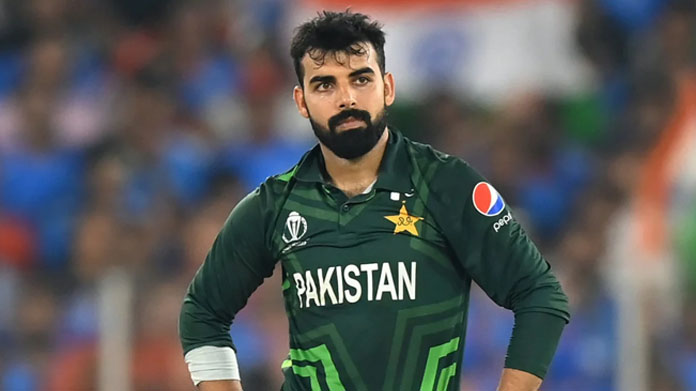
Shaheen Afridi’s Early Struggles
Shaheen Afridi’s inability to provide early breakthroughs has further compounded the challenges of the Pakistan cricket team during the World Cup 2023. While instances like dropping David Warner early in a crucial game highlight missed opportunities, Shaheen’s loss of pace may be indicative of underlying fitness issues. The left-arm pacer’s struggles mirror those of his counterpart Trent Boult, emphasizing the narrow window for early breakthroughs in the tournament. With Haris Rauf struggling to fire from the other end, the responsibility further weighed down upon Shaheen Afridi, and he majorly failed to fulfil in the absence of his new ball partner Naseem Shah.
Captaincy Under Scrutiny
Babar Azam had a forgetful World Cup 2023 as a batter and as a captain, he only managed to score 320 runs from nine outings with four half-centuries. The speculations surrounding his captaincy have intensified since Pakistan crashed out of World Cup 2023.
Despite expressing his desire to lead the rebuild, questions arise about whether this decision will be within his control. As reports suggest, he could lose captaincy in all three formats.
Babar’s in-game management and the ability to stem momentum shifts have been lacking, notably evident in losses to Australia and Afghanistan. In addition, how can one forget the mindboggling decision to hand the ball to Mohammad Nawaz ahead of Usama Mir when South Africa needed five runs with the wicket.
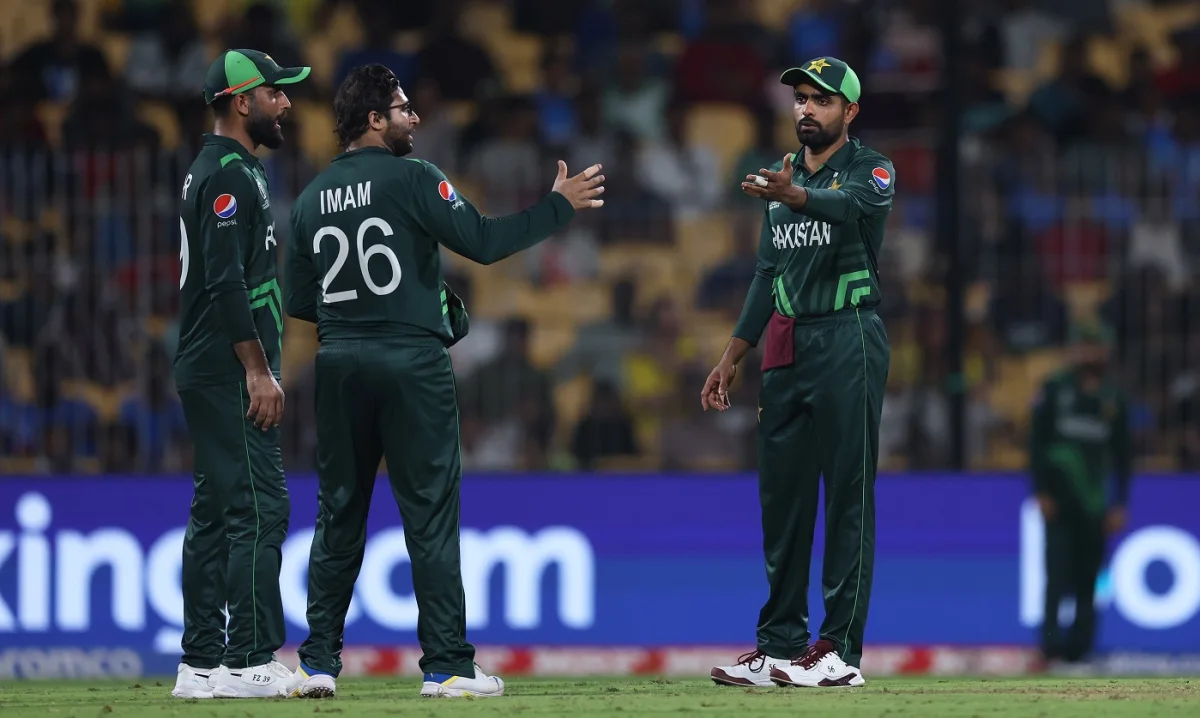
With over three years at the helm, the time may be ripe for a change as Pakistan looks ahead to rebuilding for the 2025 Champions Trophy. However, with few apparent leaders to step in, a mere change in leadership may not bring about the transformative shift that Pakistan needs.
Stay tuned to Brandsynario for the latest news and updates.















